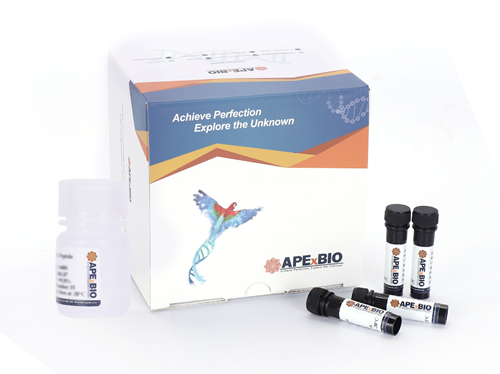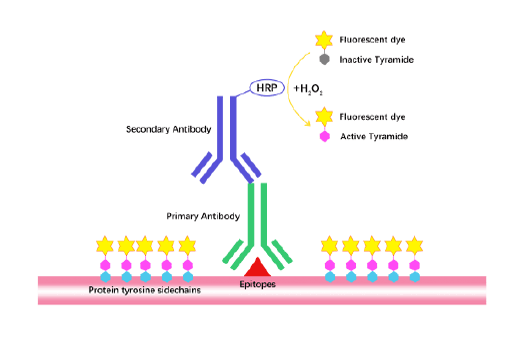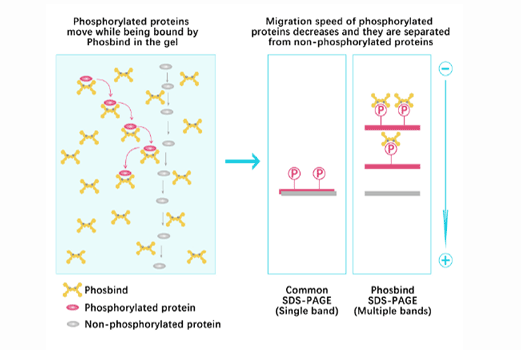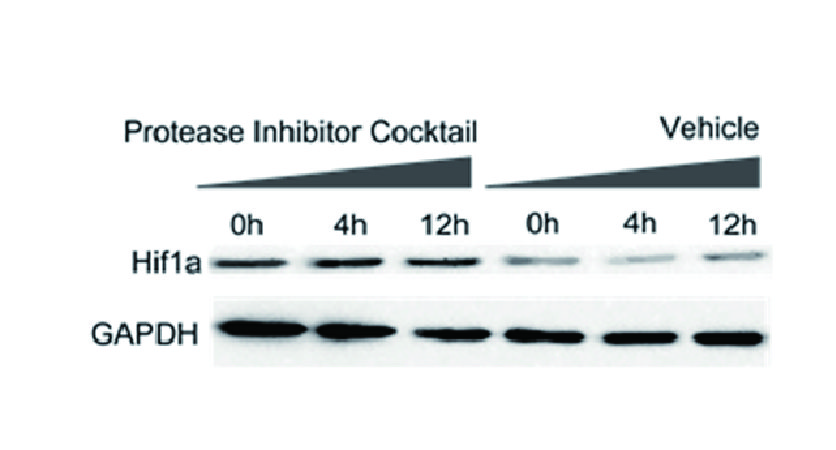Caspase-9 Colorimetric Assay Kit
Cysteine-containing aspartate proteolytic enzymes (Caspase) are a family of cysteine proteases that play important roles in apoptosis, necrosis, and inflammation. Caspase-9 is a priming type of caspase that initiates endogenous apoptosis, which is apoptosis of the mitochondrial pathway. When cells are stressed, Cytochrome c is released into the cytoplasm and binds to the apoptotic protein activator 1 (Apaf-1) to form a complex. Caspase-9 was then recruited into this complex, forming the apoptotic bodies. In apoptotic bodies, caspase-9 is activated by self-cleavage. Activated caspase-9 further activates downstream effector caspases, such as caspase-3 and caspase-7.
Caspase-9 Colorimetric Assay Kit provides a convenient and simple method for the detection of LEHD-dependent caspase activity. When Caspase-9 or related caspases cleave LEHD from the labeled substrate LEHD-p-nitroaniline (LEHD-pNA), the light emission of free pNA can be measured at 405 nm or 400 nm using a microplate reader or spectrophotometer. The absorbance of free pNA in apoptotic samples was compared to an uninduced control to determine a fold increase in Caspase-9 activity.
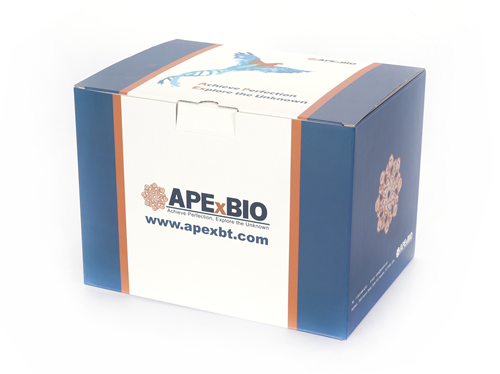
Figure 1: Reference standard curve for this kit
| Components |
K2019-25T |
K2019-50T |
K2019-100T |
|
|
Reagent I |
20 mL |
20 mL |
25 mL |
|
|
Reagent II |
30 mL |
60 mL |
120 mL |
|
|
Reagent III |
0.25 mL |
0.55 mL |
2 X 0.55 mL |
|
|
pNA Standard (5 mM) |
1 mL |
1 mL |
1 mL |
|
|
Store the kit at -20°C, stable for 6 months. Reagent III and pNA Standard (5 mM) should be stored away from light. |
||||
| Features |
|



